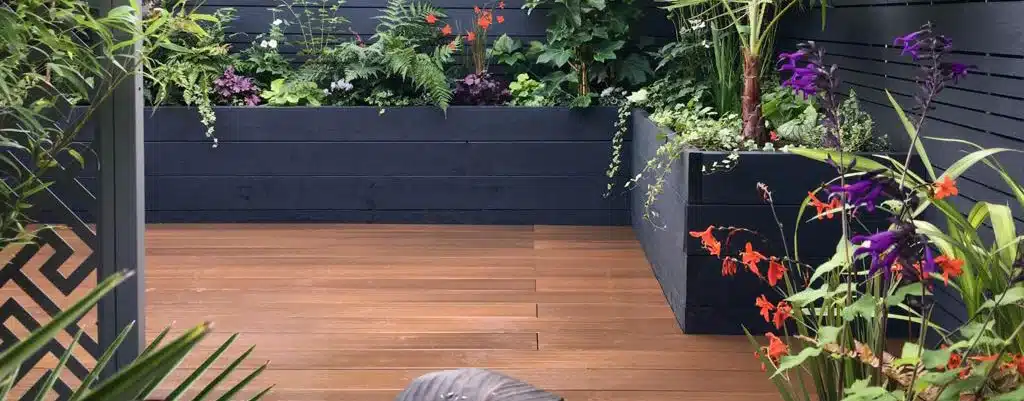How Do You Prepare the Ground for Composite Decking?
Preparing the Dirt
One way to build composite decking is to lay it directly on the ground. However, before you can do it, there are some preparations you need to make. Despite being a superior material, the dirt and grass can present problems for your composite decking later on. Some issues you may encounter are mould, insects, and moisture-related damage. So if you need to build decking on ground-level dirt, how should you prepare? Here are some instructions that you can follow.
- First, measure the ground according to the measurements of your planned composite decking. You can use some stakes, strings, and paint to mark the location.
- Next, remove any plants, rocks, and other debris from the installation area. If necessary, you can use a weed killer to remove any grass and weeds in the area.
- After clearing the ground, dig the entire area of a minimum 50mm below your finished frame, however the greater the void between the bottom of the frame and existing ground the better, note, a void creates an airflow so most be completely clear.
- After digging, you will need to make sure that the area is level and your your void is in place. You can check the ground using a laser level. You may need to dig more soil to flatten the area.
- Next, you will have to cover the area with landscaping fabric. It will prevent the growth of grass and weed, which can be damaging to your decking. Please note using non woven weed membrane is recommended as its has a high grade strength that your standard weed membrane, hence the name woven. non woven membrane is normal white so adding woven membrane give a better finish, but up to you.
- You can add gravel or aggregate on top of you weed membrane, but this isn’t necessary and we leave this done to your choose,
- Once fitting your post into the ground you will have to cut the membrane where they are going to be positioned, ensure post mix the post in, cover the hole completely to ensure its sealed.
- Another tip is to curve the top/finish of the postcrete to ensure water drain and no sitting water.
- Lastly, proceed to install your decking boards according to the manufacturer’s instructions.
Preparing a Concrete Slab
Another common foundation for composite decking is a concrete slab. Many people have it and are considering adding a decking. While it does make a good foundation, there are still some preparations that you need to do for it to be a suitable ground for your composite decking. Here are the steps that you can follow.
- First, you will need to make sure that the concrete slab is in excellent condition. Poorly made concrete slabs tend to sink, along with anything you install on top of it. For this reason, you have to inspect the concrete for cracks and water problems.
- Steel mesh is the only material in which in known to prevent moment or sinking of concrete.
- For water-related problems, you will need to use a self-levelling compound. Alternatively, you can use a concrete topping mix, but it usually takes more time. These fixes will level out the concrete. If you’re finding it difficult to level out your concrete slabs, you can use adjustable pedestals.
- We highly advise when your a concrete slab to use adjustable pedestal ensure the void is maintained or if laying directly on create use composite joists/battens
- Lastly, some use sleepers to fit decking on the ground, the issues with this is the void and air flow will be hugely reduced creating a future issue for your frame and timber, excessing the rate of rotting and decay. Sleeps are used to divert the ground to your decking frame and aren’t the best to be used to fit pre-drill the screws that you will use for the sleeper system.
- Lastly, install the sleeper system and lay down the composite decking boards.
